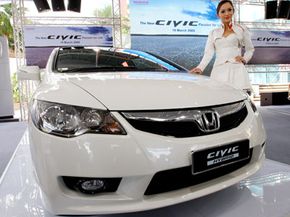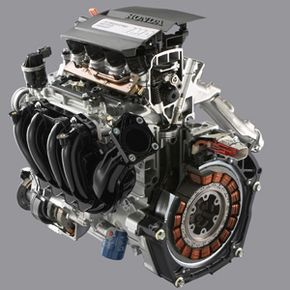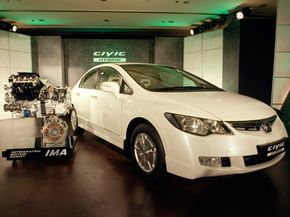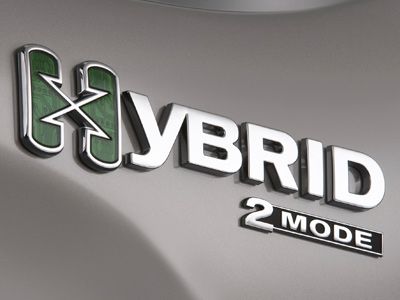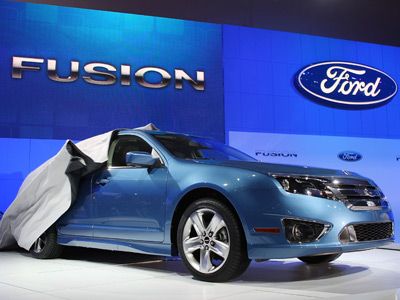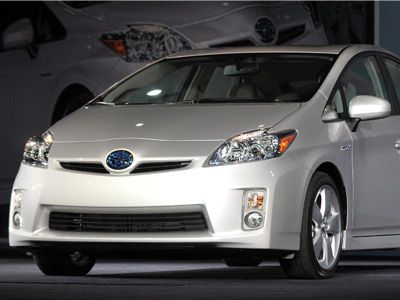The streets in downtown Los Angeles, Calif., bustle with activity -- especially on a Friday afternoon. People try desperately to beat the traffic to get out of the city, only to cause, well, more traffic. On any given Friday afternoon, any large city like L.A. can be confused for a day after Thanksgiving stampede at a Best Buy.
Imagine, for a moment, that you're one of these frantic commuters. You use the subway to get in and out of the city and, for the most part, it works well for you. You don't have to worry about traffic; you just have to navigate through the streets on foot until you get to your train station. In fact, you routinely dodge past taxi cabs and time your movements through streets full of moving cars as if you're part of one big, well-oiled machine. As you approach the corner in which the entrance to your train station lies, you have just one more busy street to cross. Once you're in the zone, you move with cat-like precision. Just one more street, and then suddenly -- a reality check.
Advertisement
Within one lane of your final curb, you dive out of the way of a horn-blowing Honda Civic as its screeches to a halt about 10 feet (3 meters) past where you were just standing. Lucky for you, it missed. You never heard the car coming -- it's like it appeared out of nowhere. You wonder, have your senses of sight and hearing failed you? Suddenly you realize that you did see it, but you thought it was parked -- and you never actually heard it. In reality, the Honda Civic that just about creamed you was running. Well, sort of. You see, it's a Honda Civic Hybrid. And like magic, the engine in a hybrid Honda Civic only runs when it needs to.
For the most part, hybrid vehicles don't stray too far away from the typical everyday car. Nevertheless they are unique in some ways. The most glaring differences come in the form of the electrical components. On the next page, you'll learn Honda's secret behind its hybrid success. You'll also figure out why you were almost run down while crossing that busy street. Turn the page to meet Honda's Integrated Motor Assist (IMA) system.
Advertisement
